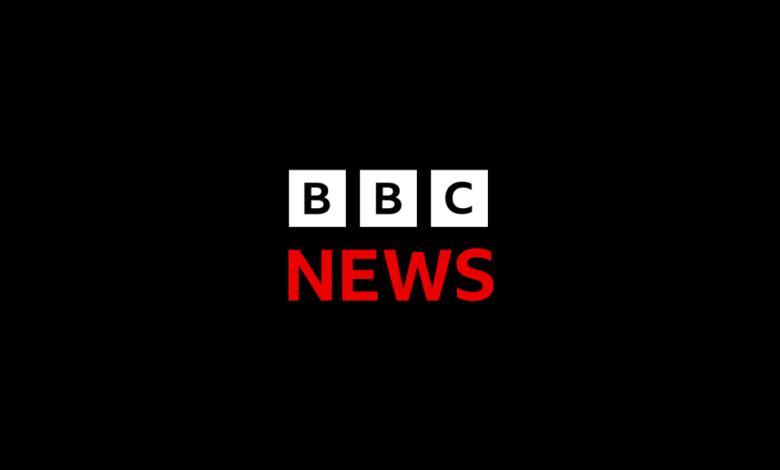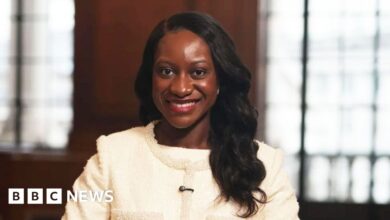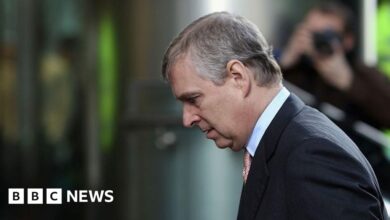Russia profile – Timeline – BBC News

1922 – Bolsheviks reorganise remnants of Russian Empire as Union of Soviet Socialist Republics.
1920s – Experiments with market mechanisms and private business under New Economic Policy give way to state-run command economy under Joseph Stalin, who becomes virtually unchallenged as dictator in 1929.
Social permissiveness and relatively generous approach to minority nationalities gradually yield to a conservative and Russocentric policies.
1930s – Stalin carries out a second revolution to consolidate his power, concentrating land ownership in massive state-run holdings, forcing the pace of industrialisation, and killing his enemies – real and imagined – in the Party, economic management, civil service, military and security services.
Economic disruption and deliberate policy of repression leads of mass famine in Ukraine and deportation of hundreds of thousands of people to work in huge network of forced labour camps, usually in remote and harsh parts of the country.
1939 – Stalin concludes non-aggression pact with Nazi Germany, seizing eastern Poland, parts of Romania and Czechoslovakia, and then the Baltic States after the start of the Second World War.
1939-40 – Inconclusive Winter War against Finland reveals poor state of Soviet armed forces, prompting Stalin to build up military in expectation of eventual war with Germany.
1941 – Soviet Union left reeling by surprise German attack in July. German advance only halted on outskirts of Moscow in December. Soviet Union forms alliance with Britain and United States, who provide it with military supplies throughout rest of war.
1942 – Soviet military steadily pushes back German forces after Battle of Stalingrad.
1945 – Allied victory over Nazi Germany followed by swift establishment of Soviet hegemony in Central and Eastern Europe, and Balkans.
The annexations of 1939-40 are retained, client governments are formed elsewhere, and parts of Germany and Austria are occupied. Stalin extends policy of heavy industrialisation into these areas.
Cold War
1947 – ‘Cold War’ with the West begins in earnest as Soviet Union consolidates power in Eastern Europe and promotes pro-Soviet revolution in China, the Middle and Near East, and Asia.
1949 – Soviets explode their first nuclear bomb; Cold War rivals begin nuclear arms race.
1950s – Soviet competition for power with West extends into Latin America and former European colonies in Africa, making Cold War global.
1953 – Death of Stalin ushers in less repressive rule at home, although Communist Party political dominance is firmly upheld.
1957 – Soviet artificial satellite Sputnik becomes first to orbit Earth, spurring the Cold War beyond the atmosphere in a Space Race.
1961 – Yuri Gagarin becomes first person to orbit Earth in Vostok spacecraft.
1962 – Cuban Missile Crisis brings world to brink of nuclear war; perceived defeat for Soviet leader Nikita Khrushchev hastened his ouster two years later by more conservative faction, eventually led by Leonid Brezhnev.
Stagnation
1965-1970 – Prime Minister Alexei Kosygin tries to introduce profit and bonus elements and some decentralisation of planning in order to boost flagging economic output and competitiveness, but is thwarted by disappointing results and opposition by Party conservatives.
1970s – Consolidation of Leonid Brezhnev’s rule sees economic stagnation and widespread corruption, undermining public faith in any superiority of the Soviet model.
Efforts to rein in Cold War tensions through US-Soviet detente collapse in aftermath of Soviet occupation of Afghanistan in 1979.
1985-91 – Rise to power of Mikhail Gorbachev heralds serious efforts to reform moribund economy (perestroika), free up political debate (glasnost), and end crippling cost of continuing Cold War.
Gorbachev gradually loses control of reform processes at home and abroad, leading to the collapse of Communist rule in Eastern Europe and the eventual implosion of the Soviet Union itself.
Yeltsin era
1991 – Russia becomes independent as the Soviet Union collapses and, together with Ukraine and Belarus, forms the Commonwealth of Independent States, which is eventually joined by most former Soviet republics except the Baltic states.
Chechnya declares unilateral independence, beginning a decade of conflict with Moscow.
1992 – Russia takes up the seat of the former Soviet Union on the United Nations Security Council, and retains control of its nuclear arsenal.
Acting Prime Yegor Gaidar launches controversial programme of lifting central controls on economy to prevent total collapse.
Opponents complain it is poorly managed and directly responsible for hyper-inflation and the rise of the ‘oligarchs’ – businessmen who benefit from crash privatisation of massive state enterprises.
1993 September-October – President Boris Yeltsin sends in troops to seize parliament from opponents of his rule.
1993 December – Referendum approves new constitution giving president sweeping powers.
Communist and nationalist opposition makes large gains in elections to new Duma parliament.
1994 – Russia joins Nato’s Partnership for Peace programme.
Russian troops launch two-year to recapture the breakaway republic of Chechnya, which ends with compromise agreement on substantial Chechen autonomy.
1995 – Communist Party emerges as largest party in parliamentary elections, with more than a third of seats.
1996 – Yeltsin re-elected despite concerns about his health.
Russia admitted to the G-7 group of industrialised countries. Suspended in March 2014.
Source link




